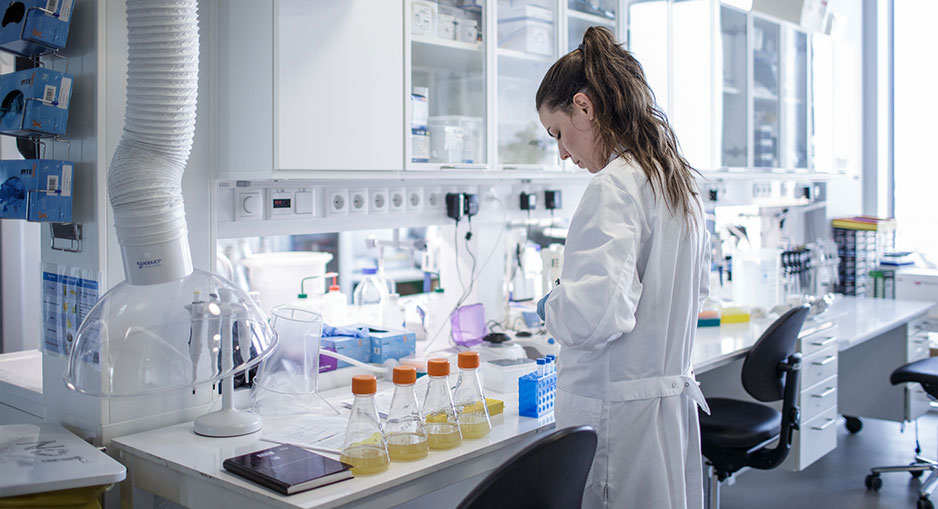How are vaccines traditionally developed?

Vaccines have traditionally worked by presenting a dead or weakened version of viral particles to the body. The aim of this was to catalyze a response from the immune system, so that it could learn to identify and fight the invading pathogen. The natural benefit was that your body would be able to fight off this weakened version, while also learning how to best defeat the real virus if you were infected later on. Hence, the side effects often felt after a vaccination are caused by the body’s own immune system rather than the viral particles themselves. However, the first vaccines to be authorized in the fight against coronavirus were made using a different method. That’s why they were able to be produced so quickly- traditionally, vaccines normally take between 10-15 years to produce. Recent scientific advancements, including mRNA technology, allowed the globally united scientific community to reach their collective goal in record time- the first coronavirus vaccine was authorized for emergency use by the FDA less than one year from the discovery of the novel coronavirus.
What should you know about the three vaccines currently authorized for use in the US?
The first vaccine to be approved by the FDA was the Pfizer-BioNTech vaccine, also known by the moniker BNT162b2. The vaccine is administered through two shots, given 21 days apart.
The second to be authorized was developed by Moderna, officially named mRNA-1273. This one also requires two doses, but given 28 days apart. Both the Pfizer-BioNTech and Moderna vaccines were developed using mRNA technology.
The third to be authorized was the Johnson & Johnson vaccine, officially known as the Janssen COVID-19 Vaccine. This vaccine is administered through only one dose. It also does not use mRNA technology; rather, it utilizes the same viral vector technology that was used in the development of the Ebola vaccine.
In order to get a fuller understanding of the vaccines, let’s take a closer look at the differences between each.
Efficacy
This is defined by the effectiveness of the vaccine at preventing the development of Covid in people without evidence of previous infection.
The rates for each vaccine are below:
Pfizer-BioNTech- 95%
Moderna - 94.1%
Johnson & Johnson- 66%
* While J&J’s efficacy rate may seem to pale in comparison to Pfizer-BioNTech or Moderna’s rates, it’s important to keep in mind that J&J’s vaccine was tested recently and globally, notably in South African and Latin American populations, the initial sites where new coronavirus variants were discovered. Since these variants weren’t a factor when Pfizer-BioNTech or Moderna’s vaccines were tested, the given efficacy rates aren’t necessarily the best indicators of each vaccine’s current efficacy in the real world.
How does mRNA technology work?
There are many questions surrounding mRNA technology, understandably so considering the vaccine for the novel coronavirus was created using a novel technology. However, mRNA technology is arguably safer than the methods used to produce vaccines previously. Read below to form your own opinion, and as always, please discuss any questions or concerns with your healthcare provider.
Traditionally, vaccines have been cultivated mRNA technology completely bypasses the need to inject virus into your body by instead delivering the blueprints that will allow the body to mount an immune response and create antibodies against the virus. We know our DNA is the double stranded helical structure that codes for everything about us. DNA also translates into RNA, which is a single stranded structure that is able to read the code and also translate it into a protein structure- much like a 3D printer. DNA is housed in the nucleus of the cell (nuclear DNA), and a small amount of DNA that is inherited maternally is stored in the mitochondria (aka “the powerhouse of the cell”). RNA is located in the cytoplasm of the cell (outside the nucleus). It is made inside the nucleus, and then travels to ribosomes, the factory which makes proteins. Proteins perform many functions, from forming the structure of organs, to functioning as messengers, and even form the basis for your immune system. What makes a protein a protein? Amino acids arranged into a peptide chain to create a unique biomolecule.
What’s the most fundamental characteristic of a protein? Its shape. Everything that a protein is able to do is only possible if it is configured in the exact shape in order to both perform and maximize its function. Ribosomes can be thought of as the factory where proteins are made. They know how to make each protein based on instructions from RNA.
The DNA coding present in the nucleus is used to create RNA. There are three types of RNA that are synthesized in the nucleus- mRNA, tRNA, and rRNA. They stand for messenger RNA, transfer RNA, and ribosomal RNA, respectively. These different types of RNA then leave the nucleus to enter the cytoplasm of the cell, where they each perform different but cohesive functions. Below is the sequence of converting RNA into a protein.
- mRNA carries information copied from DNA in the form of a name (a three base pair nucleotide) that codes for a unique amino acid.
- tRNA sees the three letter “name” and adds the correct amino acid to the growing end of the peptide chain (protein).
- rRNA is located in the protein factories of the cell (ribosomes), and catalyzed the peptide chains into the specific size and shape required to form a protein capable of maximally performing its unique function.
With mRNA vaccine technology, mRNA is directly injected into your body and taken up by your cells. Most importantly, the mRNA does not enter your nucleus. Therefore, it cannot change your DNA. The mRNA remains only in the cytoplasm, allowing tRNA and rRNA to do their jobs. The protein that ends up being synthesized is an exact COPY of ONE identifying protein on the surface of the real viral Sars-CoV-2 viral particles. The specific protein in question is the spike protein, otherwise known as the S protein. The spike protein is ubiquitous on the surface of Sars-CoV-2 viral particles because of its function. It is the protein that initially attaches to and penetrates into our cells, allowing the virus to invade our cells and replicate. By making our own cells create a protein of the right amino acid sequence and shape to mimic the S protein of the viral particles, we create a protein that functions as an antigen. The vaccine forces our immune system to respond to this unknown antigen by mounting an immune response and eventually creating antibodies to attach to the antigens.
Now, if you do end up being exposed to Coronavirus, your body already has the antibodies that will allow it to quickly and effectively identify and mark viral particles for destruction. Therefore, your likelihood of developing COVID decreases. Clinical studies have shown that the vaccines not only reduce your risk of developing COVID, but they also reduce your risk of developing severe disease. Furthermore, by quickly eradicating the virus from your system, it’s also theorized that the vaccines could also reduce the risk of transmitting the virus, especially to the loved ones with whom you spend a lot of time.
The above is meant to help you gain a fuller understanding of the science behind the vaccines, so you can make a fully informed decision about the right choice for you. As always, if you have questions or concerns, please consult your healthcare provider to find the best option for you.
